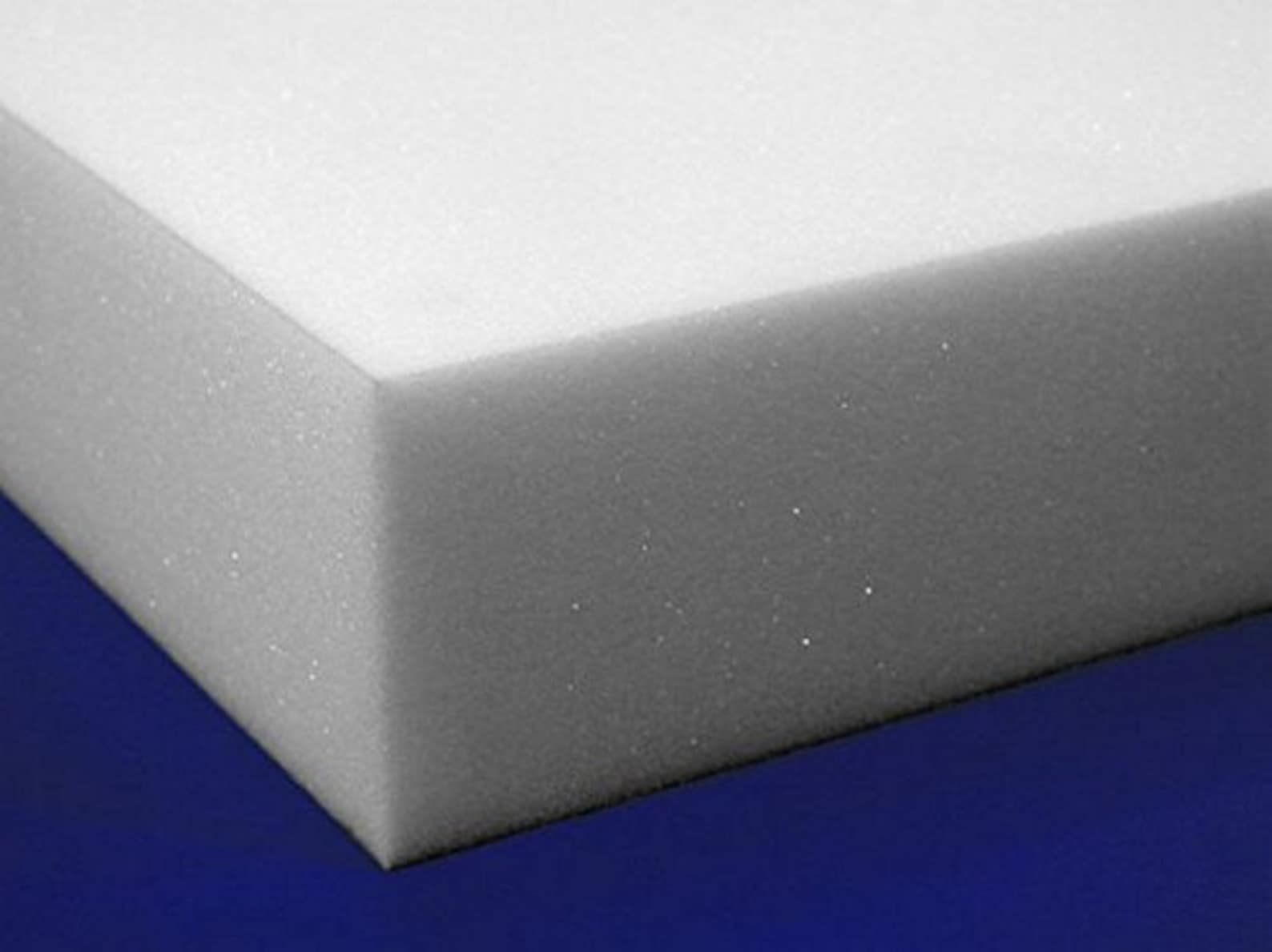Pets frequently consume objects that aren’t designed to be eaten due to their inherent curiosity. Almost everything can be chewed up by dogs and other tiny animals like rodents, but cats and birds can also do the same thing. Due to the release of endorphins when something is chewed, even the best-trained pets may inevitably chew on or consume objects in your home. Monitoring your pets carefully and being aware of what they’ve chewed on are sensible things to do. We need to know whether foam is safe for pets because of this. How should you react if your pet eats various kinds of foam?
Since plastic is formed of the same chemicals as foam, neither humans nor animals should typically consume it. It’s not necessarily fatal for your pets, though, to chew on or consume foam. Three main substances—polyethylene, polyurethane, and polystyrene—are used to make the most popular kinds of home foam. Your home and yard are filled with foam, which may also be found in mattresses, couch cushions, pillows, cat beds, pet toys, children’s toys, craft supplies, shoes, disposable paper products, custom foam packaging, and insulation. So, if your pet has discovered a new chew toy, there’s a good chance that it may be made of foam.
How to Handle Your Pet After It Eats Foam
The basic advice is to call your veterinarian right away if your pet has consumed any kind of foam, although occasionally the risk will differ depending on the type of foam and the amount eaten. The most typical varieties of foam you might discover in your home are listed below, along with some precautions you should take in case your pet ate any of it:
Polyurethane
The most typical type of foam that is consumed by or chewed on by pets is polyurethane foam, which is also the most typical type of foam found in home items. Your mattresses, memory foam mattress toppers, couch cushions, pet beds, and shoes almost certainly all include or are constructed of polyurethane foam since it is frequently used for cushioning and comfort. Calling your veterinarian should be your first step if you discover that your pet has consumed this type of foam. Calculate the amount of consumed foam. If it was a tiny amount compared to the size of their body, you might be instructed to keep an eye on your pet until it is eliminated from their system. To clear or remove the foam from their digestive track, your pet will require medical care if it is a bigger volume.
Polystyrene
Another typical substance in homes is polystyrene. This substance is employed in packaging, as a shock absorber, as a food insulator, and as a low-cost material for disposable plates and cups. Polystyrene poses a risk when consumed because its tiny particles have the potential to line the throat and possibly the airway if they are ingested, which would limit breathing. Try to calculate how much Polystyrene your pet consumed and inform your veterinarian as soon as possible if this has happened. Depending on how little it was, it might naturally flow through their system. Take your pet to the veterinarian right away if it was a significant amount or if you observe a change in the pattern of their breathing.
The Best Ways to Stop Your Pet from Eating Foam
Putting up pet-proofing measures in your home is the greatest way to stop your pets from gnawing on and consuming foam. When you become a parent, consider it similar to baby-proofing your home. To ensure that your baby doesn’t have any opportunity of coming into contact with something hazardous, remove it from the area. Pet owners ought to follow the same advice. A cat or a dog may not require protection from an electrical outlet or the sharp edge of a coffee table, but they do require protection from dangerous substances that they might consume or inhale. In order to prepare your home for a new pet, first decide if you want one. Away from your pets’ reach, keep tempting foam things like packing peanuts and shoes. Furthermore, even if you already have pets, it’s never too late to begin pet-proofing. Be aware of potential interests for your pets, and try to keep them away from anything they might be attracted to.
The next-best method of keeping your pets from consuming foam is to train them. The best-trained pets are nevertheless susceptible to temptation, thus this rule does not apply to all animals. It can be hard to train rabbits, hamsters, and rats. Cats and dogs can be trained to stop eating or chewing on items they shouldn’t, despite the fact that they have a much stronger drive to burrow and nest in soft materials. Training requires a lot of patience and consistency, and it takes a little more time. However, you can discipline your pets to stop undesirable behaviour, further defending them against harm. There are a tonne of resources accessible to you both locally and online if you’re not sure where to start your training.
Last but not least, a fantastic strategy to ensure the safety of your pets is to educate yourself on any potential risks. If you never learned that your pet shouldn’t consume foam, you wouldn’t know when to take them to the doctor. Animal safety is greatly endangered by pet owners’ ignorance. They’ll have a better chance of remaining secure while under your care if you learn how to keep them safe. It’s crucial to take all reasonable precautions to keep our pets safe because we care about them deeply. The longevity of our beloved furry pets can be significantly increased by taking active measures to prevent disease or harm. Aim to be a responsible pet owner by being careful and keeping all of this information in mind.
 Universal Bloggers
Universal Bloggers




